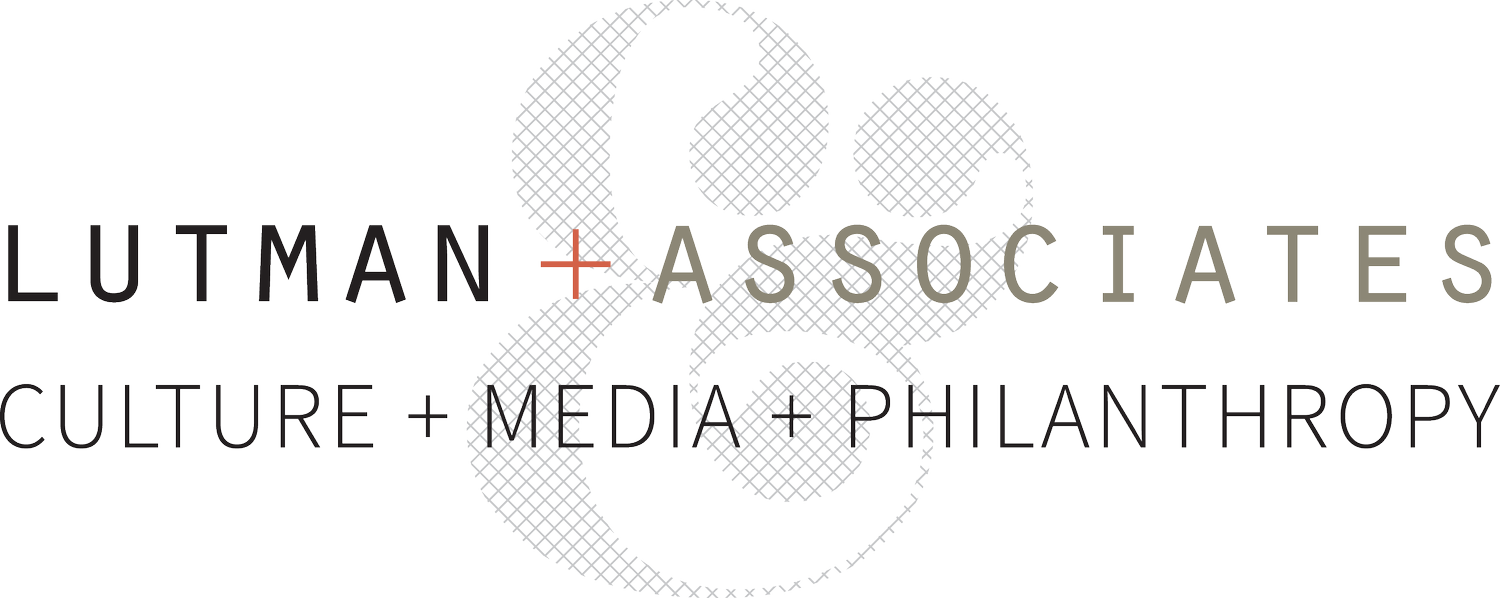Originally published in Twin Cities Business Magazine.
A few years ago, or even more recently than that, if you perused a strategic plan or annual report from just about any nonprofit organization, it was a printed tome with a few photographs, even fewer charts and graphs, and a lot of print.
Times are changing. Today a nonprofit’s annual report or strategic plan—if printed at all—is as likely to look like a map, a decision tree, or a one-page colorful image as it is a multipage booklet that costs hundreds or even thousands to prepare. Nonprofits are becoming more creative with online reports and simple pictures that communicate data and impact in a clear and engaging way.
These pictures—infographics—are possible because of the wide availability of free or inexpensive graphics tools for desktop publishing, and of course are influenced by the use of infographics in business and in other areas of daily life. They’re being developed in the nonprofit sector to find innovative, distinctive ways to quickly communicate vision and results to donors, policymakers and stakeholders.
After declaring 2013 “the year of the infographic,” the National Council on Nonprofits named 2014 the year for “pictures that tell stories.” I talked to Kate Barr, executive director of the Nonprofits Assistance Fund, to find out her view from the helm of one of the region’s important hub organizations. Barr and NAF serve hundreds of nonprofits every year with support for strategy and organizational development, capacity building and financial planning.
“I see nonprofits using visual tools for communicating complex information much more frequently,” Barr told me. “Visual tools are great for pulling together a lot of complex data with powerful pictures or illustrations related to a nonprofit’s cause, like hunger, human rights or environmental issues. Since I pay the most attention to finance and financial information, I’ve been seeing some very good uses of visuals to make numbers more understandable and interesting. Visuals can help create context with appropriate comparison, scale and juxtapositions.”
This new visual practice is especially helpful in the nonprofit boardroom. While volunteer boards of directors used to slog through pages of Excel worksheets, ratios, and graphs, Barr says it’s more likely today that board reporting consists of “two pages with tables, pie or bar charts that highlight the most important numbers more effectively and get the discussion focused on the big questions.”
Getting your pictures to tell your story is no small feat. We’ve all seen crowded infographics that confuse as much as they clarify. Barr’s advice is to think of a car’s dashboard vs. a jumbo jet cockpit. Pick the fewest number of indicators needed to communicate the richest available data. And avoid the temptation to add more bells and whistles just because you can.
Pinterest, the social network based on pictures, is a great place to search for examples of infographics. Barr’s own Pinterest board has a good infographic section, as do many of the Twin Cities leading nonprofits and graphic designers; you can also look to Fast Company’s “year in infographics” feature for inspiration. The best infographics start with a thoughtful storyboard process that considers the audience, purpose and communications results, and clear thinking about how to distill the message. Look around: You’ll see plenty of examples of infographics that communicate insights and those that don’t.
Out of the dozens available included to illustrate this point, I picked this infographic from “Give To The Max Day” here in Minnesota. It demonstrates the program’s priorities in colorful graphics and clear pictures, and is certainly easier to read and understand than a traditional annual report.
Rest assured, you’ll be seeing more images like these across the entire nonprofit sector in the coming months.
The story of “Give To The Max Day” in Minnesota for 2013 is told in this infographic, rather than in a traditional annual report. Expect more of this easy-to-grasp information format from nonprofit organizations going forward.

